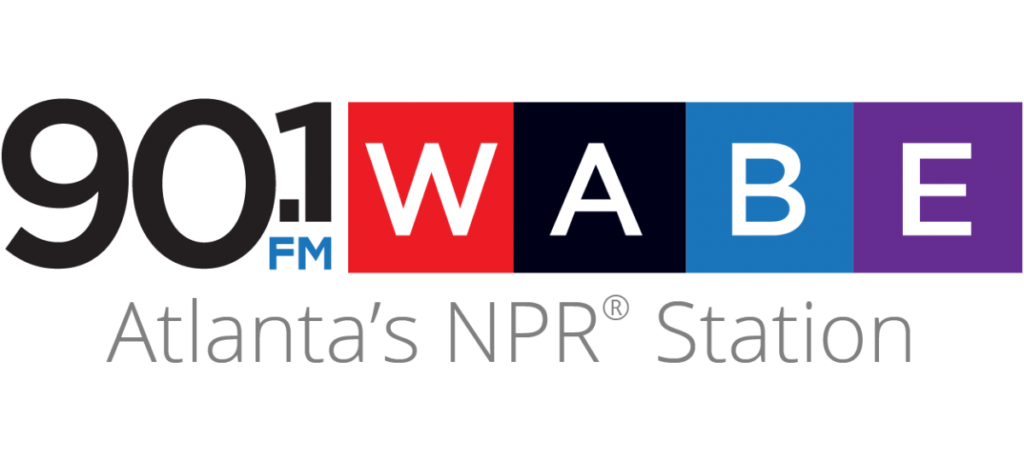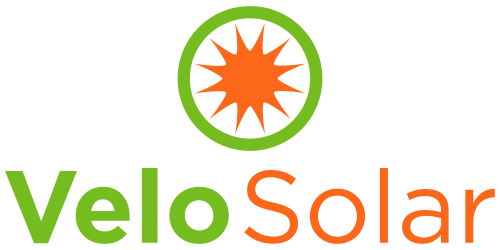As part of its corporate commitment to community values, J.C. Lewis Ford tapped Georgia-based Velo Solar to install solar energy systems on its Hinesville and Statesboro locations.
J.C. Lewis Ford is the first car dealership in the Savannah area to adopt solar energy for its operations. The two solar locations, built by Choate Construction, reflect the dealership’s ongoing mission to community values, including a reduction of its carbon footprint and economical operation. Velo Solar installed 60 kilowatt systems on each dealership to reduce utility bills as well as environmental impact.
Walter Lewis, president of J.C. Lewis Ford, said the decision to incorporate solar into the company’s operation flows from the dedication that has distinguished its operation since its founding in 1912.
“J.C. Lewis Ford values our community,” he said. “The first step towards supporting the community is environmentally responsible construction. We were proud to partner with Velo Solar to reduce our carbon footprint while increasing our economic impact, providing jobs and efficient, economical vehicle choices.”
Commissioned in 2019, the solar systems have operated in keeping with initial projections for lowering J.C. Lewis’s power bills in each location. In addition, the systems have avoided 114 metric tons of CO2, the equivalent of planting 2,970 trees in a 10-year span.
Graham Cooper, Choate Construction Senior Project Manager, said Velo Solar was an excellent partner during the installation process.
“When Choate was awarded the J.C. Lewis Ford projects, we were able to quickly identify ways to accomplish the client’s goal to reduce energy consumption through the use of relevant fixtures and a complete {solar} photovoltaic system,” Cooper said. “Our selection of a capable partner who could install a photovoltaic system that would satisfy our client was crucial. Velo Solar made the process smooth and we look forward to expanding our partnership with them in the future.”
Britt Lothridge, director of sales for Velo Solar, said commercial operations like J.C. Lewis Ford can get excellent return on investment with solar energy, as well as lowering their carbon footprint.
“Working with J.C. Lewis Ford and Choate was a great opportunity to demonstrate the benefits of solar energy for commercial operations,” he said. “They invested at a great time for the best return and we are delighted that the system has performed as well as projected, providing savings and efficiency with clean solar power.”
Published March 11, 2020 at Savannah Business Journal Staff Report


